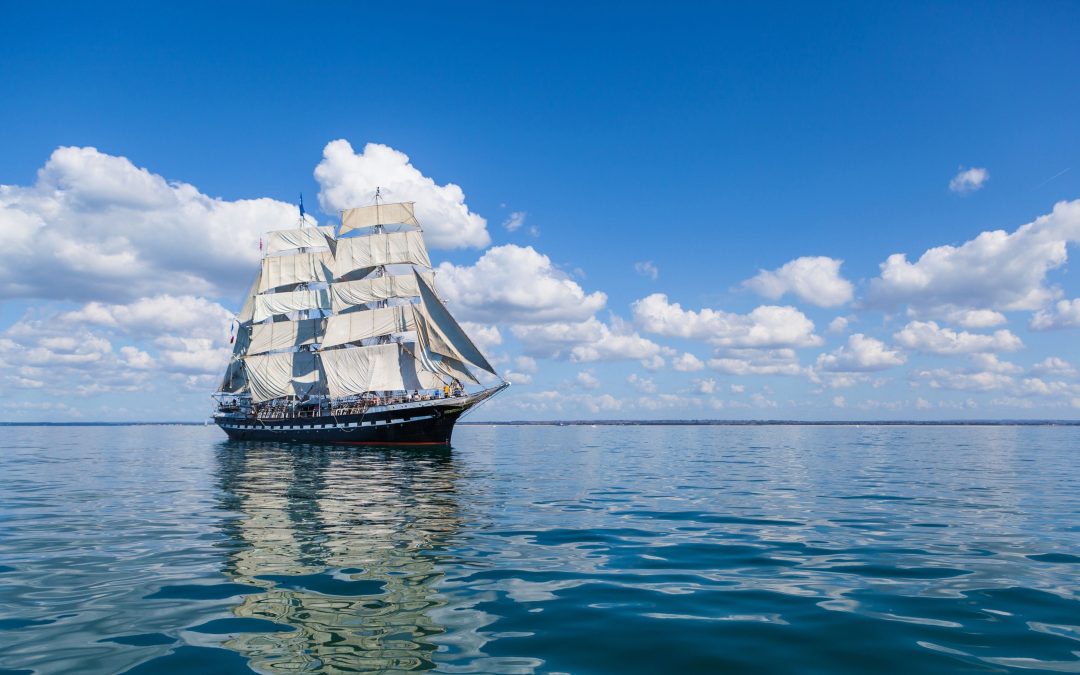Prompted by the recent spate of container ship fires, international freight and logistics insurance provider TT Club has stressed the greater need for all players in the global supply chain to recognise their responsibility for accurate and effective communication between all parties for the transport of dangerous goods.
The occurrence of four major incidents aboard container ships, two in port and another two at sea within the last four months has prompted TT to reiterate its long standing fervent message for shippers and those facilitating the supply chain to be more diligent over how their cargoes are classified, packaged, packed, declared and handled.
The sad list of both explosions and fires extends from ‘Northern Juvenile’ in the South China Sea in May, to ‘Maersk Frankfurt’ in the Indian Ocean to more recent incidents in quick succession, which involved ‘MSC Cape Town III’ in Colombo and ‘YM Mobility’ in Ningbo. “The causes remain under investigation,” says TT’s Peregrine Storrs-Fox. “However, there are strong indications that potentially explosive chemicals and fire accelerators, such as lithium-ion batteries, may be involved in at least two of the cases. As with historic incidents, it is likely that various errors occurred as the shipments were initiated and the exact nature of the cargoes was communicated to supply chain counterparties, giving rise again to ‘perfect storms. Every participant in the process needs to act in the best interests of safety at every point in these cargoes’ journeys.”
This spike in serious container ship fires is reminiscent of the spate in 2019, although the 30 year average frequency may remain one every 60 days – but any life-threatening event is one too many. Of the recent four, unusually two took place while the ship was berthed and shore- side emergency services responded quickly to minimise damage and loss of life – although pollution and potential berth blockage risks emerged. When incidents occur at sea much more serious consequences can develop, as exemplified by ‘Maersk Frankfurt, where one crewman lost his life, the fire burnt for several days and the ship remains with salvors at sea.
The exact number of containers carrying dangerous goods that are shipped annually is difficult to estimate due to mis- and non-declaration. Partly in response to the issues around inaccurate declaration, the IMO amended the ‘Guidelines for the implementation of the inspection programmes for cargo transport units'[1] in 2022 to urge governments to inspect all types of unit, regardless of the declared cargo. The recently released consolidated results. from just eight countries (or 5% of the signatory states), for 2023 evidence continuing safety concerns.
Although, from the minute sample size of about 0.03% of containerised traffic, ‘placarding and marking shows some improvement, this deficiency, being for first visual alert for many stakeholders and particularly emergency responders, remains stubbornly above 40%. Further. reports noting deficiencies in ‘Stowage and Securing’ (within units) – a core CTU Code issue indicates a rapidly worsening trend over the last five years and the worst position since reports began in 2001. Also of note is the five year worsening trend relating to errors found in documentation, another key risk indicator. Care of every shipment requires good communication along the supply chain, due diligence undertaken by every player and a culture of ‘know your customer and operating partner.
“In this regard, we applaud the recent statement by China’s Maritime Safety Administration (MSA) that underlined shippers’ responsibilities, in addition to those of the carriers'[2]. Such warnings and encouragements by regulatory authorities are to be welcomed. However, TT would reiterate the statement that regulations merely set the baseline,” concluded TT’s Storrs-Fox
Source: TT Club





